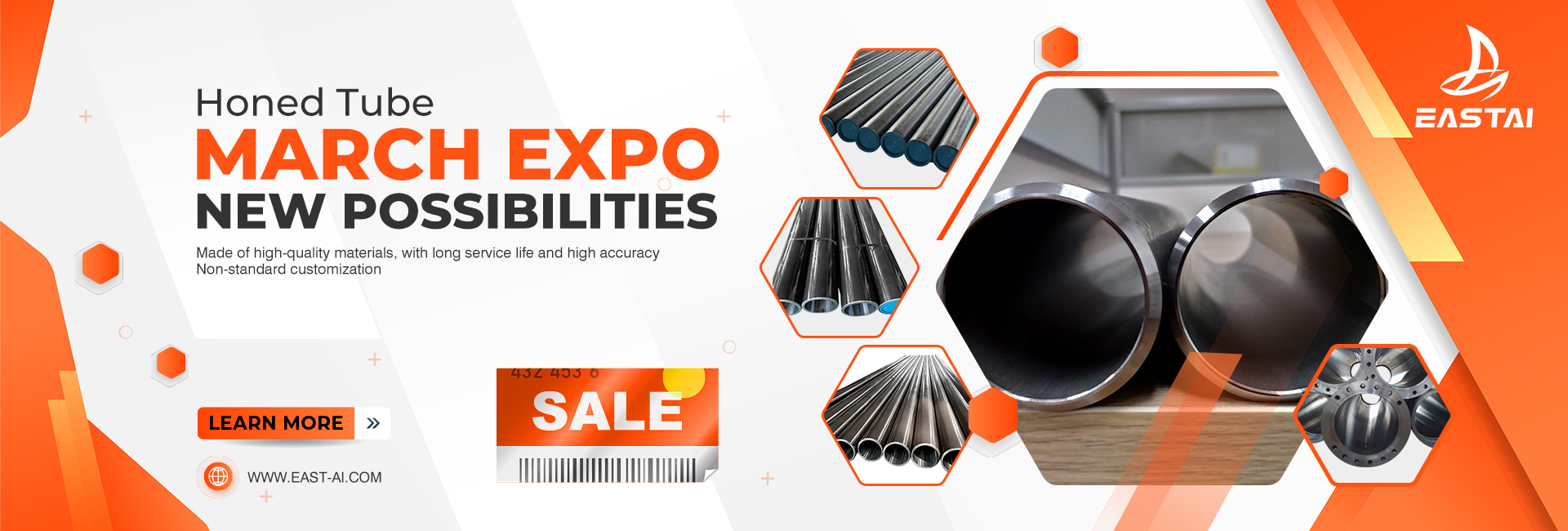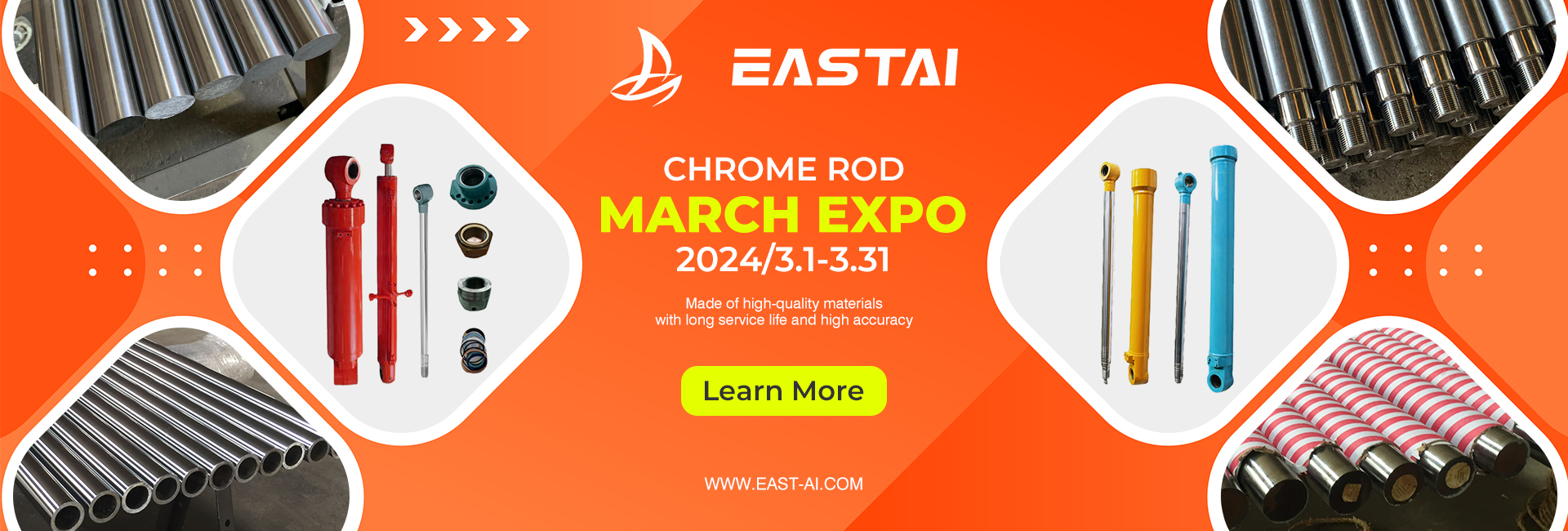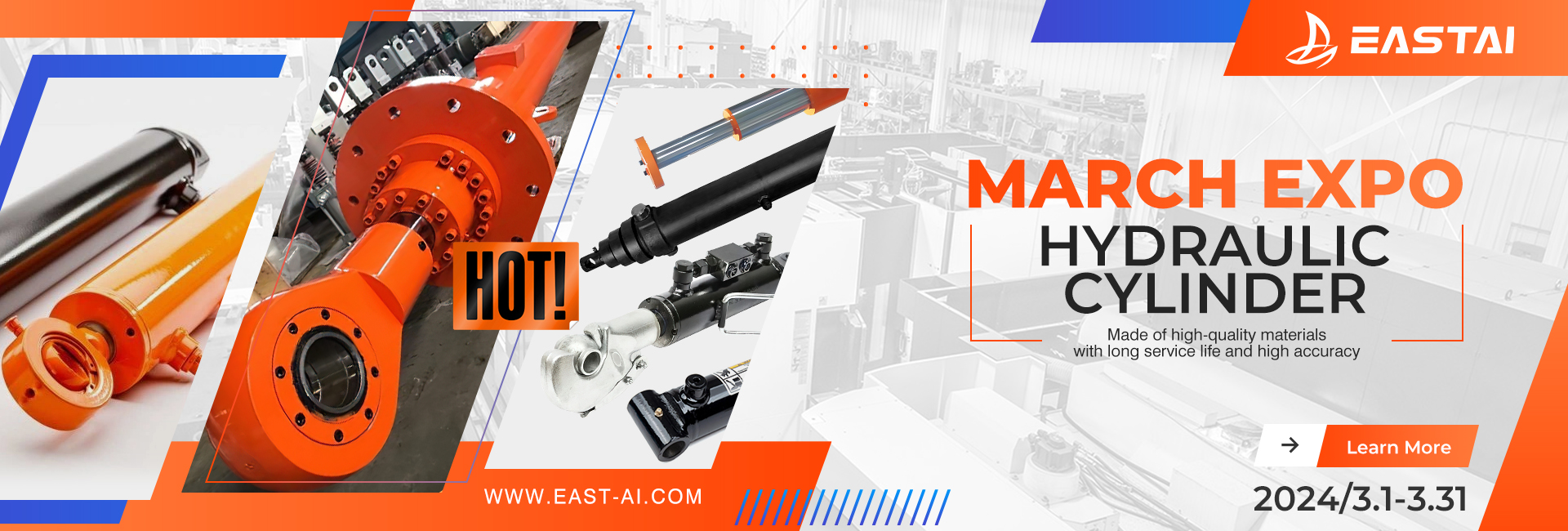A hydraulic cylinder is a mechanical device that converts hydraulic energy into linear motion and force. It is an important component of hydraulic systems, which are commonly used in various industries such as construction, manufacturing, and agriculture.
In simple terms, a hydraulic cylinder consists of a cylinder barrel, a piston, a rod, seals, and a head and base cap. The cylinder barrel is made of a strong and durable material, such as steel, and is sealed at both ends to prevent fluid from leaking. The piston is a sliding component that moves inside the cylinder barrel and is connected to a rod. The rod extends from the cylinder and transmits the linear motion and force generated by the hydraulic cylinder to the external environment.
Hydraulic cylinders work on the principle of Pascal’s law, which states that pressure applied to a fluid in a confined space is transmitted equally in all directions. In a hydraulic cylinder, fluid is pumped into the cylinder under pressure, which pushes the piston to move. The motion of the piston generates linear motion and force that can be used to perform various tasks.
There are two types of hydraulic cylinders: single-acting and double-acting. In a single-acting hydraulic cylinder, fluid is supplied to only one side of the piston, causing it to move in one direction. In a double-acting hydraulic cylinder, fluid is supplied to both sides of the piston, allowing it to move in both directions.
The key advantage of hydraulic cylinders is their ability to generate large amounts of force with a small amount of fluid. They are also highly efficient, as the energy lost in the form of heat is minimal. Additionally, hydraulic cylinders are relatively simple in design and can be easily maintained.
Hydraulic cylinders play a critical role in many industrial applications. They are efficient, durable, and versatile, making them an ideal solution for a wide range of tasks that require the generation of linear motion and force. Whether you’re involved in construction, manufacturing, or agriculture, it’s important to have a basic understanding of how hydraulic cylinders work to ensure their proper operation and maintenance.
Post time: Feb-09-2023




